Start of shelling of critical infrastructure

Strikes on critical infrastructure of Ukraine during the Russian-Ukrainian war are a war crime committed by the Russian military during a full-scale military invasion of Ukraine in order to force the Ukrainian political leadership to negotiate with the Kremlin regime on favorable terms for the latter. Having suffered a crushing defeat in the battles for Kiev, Chernihiv, Sumy and Kharkiv, the Russian Federation resorted to outright terrorism: from September 11, 2022, it carried out periodic waves of massive and methodical missile strikes on critical infrastructure of Ukraine until the spring of 2023.
According to the then Deputy Minister of Internal Affairs Yevgeny Yenin, as of the end of November 2022, the Russian military destroyed or damaged more than 700 vital structures — airports, bridges, oil bases, transformer substations and power plants, etc.
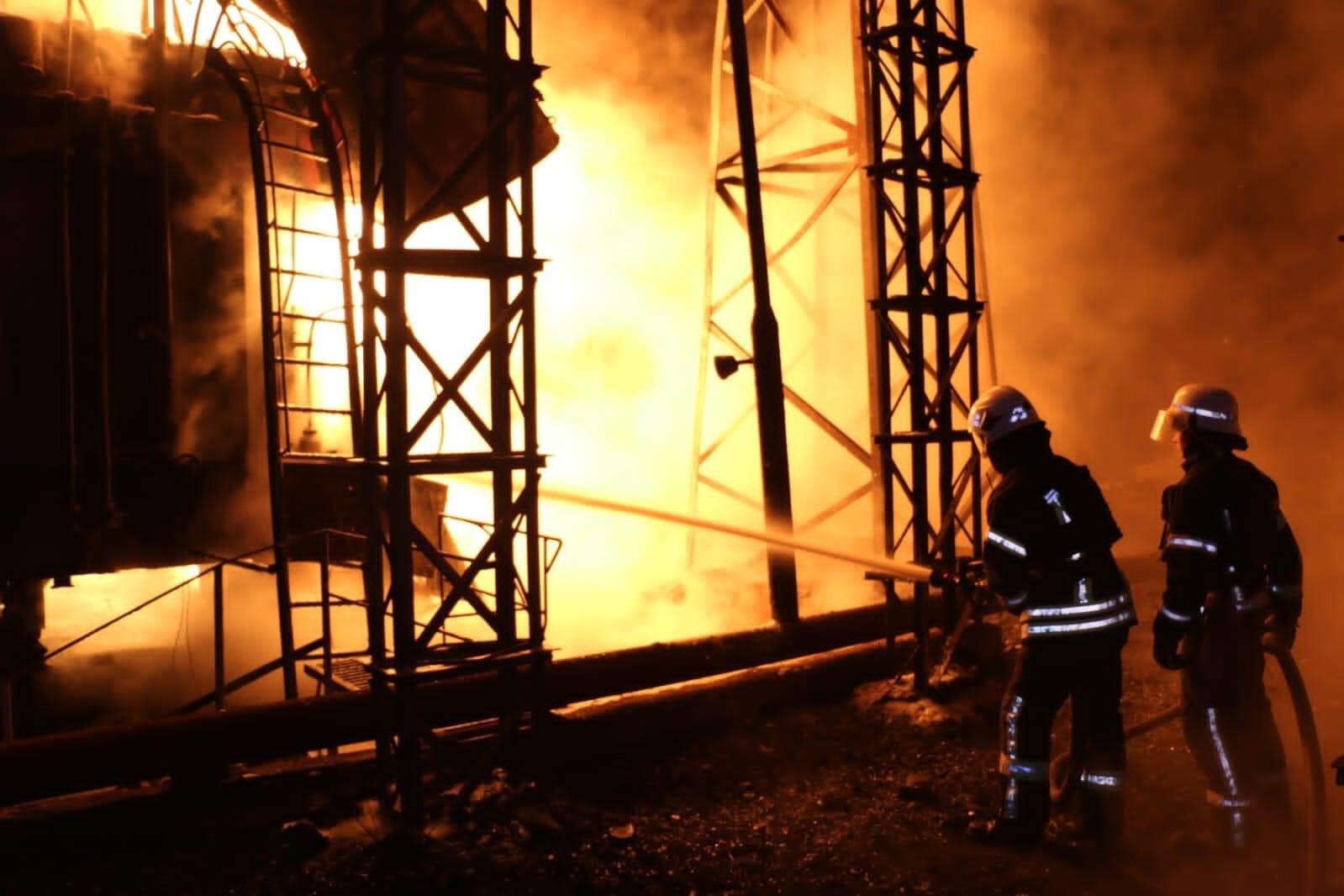
According to the head of NEC “Ukrenergo” and experts in the field of energy, the Russian military's plan was to break Ukraine's power system into isolated islands by destroying key transformer substations and prevent the flow of electricity between the regions. Therefore, in addition to the military itself, Russian energy officials also participated in the preparation of the strikes.
As of January 26, 2023, at least 134 civilians were killed by strikes and about 380 more were injured.
➤ 11 September 2022
Elimination of fire at Kharkiv CHP-5 after Russian shelling.

On the evening of Sunday, September 11, 2022, according to the Air Force of the Armed Forces, the enemy carried out 12 launches of cruise missiles of naval and air bases - “Caliber” and X-101. The Ukrainian air defense managed to destroy 9 out of 12 missiles, but the Russians managed to fire Zmievskaya TPP and three high-voltage substations, as a result of which 40 substations of different voltages were de-energized, 2 air lines of 750 kV, 5 air lines of 330 kW were disabled. Kharkiv CHP-5 was also shelled, the administrative building was partially destroyed, and a huge fire broke out.
During the shelling, 4 energy workers were killed, three were wounded. Hundreds of thousands of consumers were left without light in Poltava region, Dnipropetrovsk region, Kharkiv region, Sumy region, Donetsk region.

However, the electricity supply was restored in a short time. In response to the shelling, President of Ukraine Volodymyr Zelensky wrote a Facebook post “Without you”:
Do you still think that we are the “Adin people”?
Do you still think that you can scare us, break us, incline us to concessions?
Do you really not understand anything like that?
Don't understand who we are? What are we for? What are we about?
Lip read: Without gas or
without you? Without you.
Without light or without you? Without you.
Without water or without you? Without you.
Without food or without you? Without you.
Cold, hunger, darkness and thirst are not as scary and deadly for us as your “friendship and brotherhood”.
But history will put everything in its place. And we will be with gas, light, water and food.. and WITHOUT you!
______________________
➤ October 10—19, 2022
Consequences of the strike on the Kyiv CHP-5
On October 10, 2022, Russian troops launched a massive missile strike on Ukraine's energy infrastructure. The Russians used 84 cruise missiles of air, sea and land bases, ballistic missiles, anti-aircraft guided missiles, reconnaissance and attack UAVs of the type “Shahed-136”. The shelling killed 23 people and wounded 100 others.
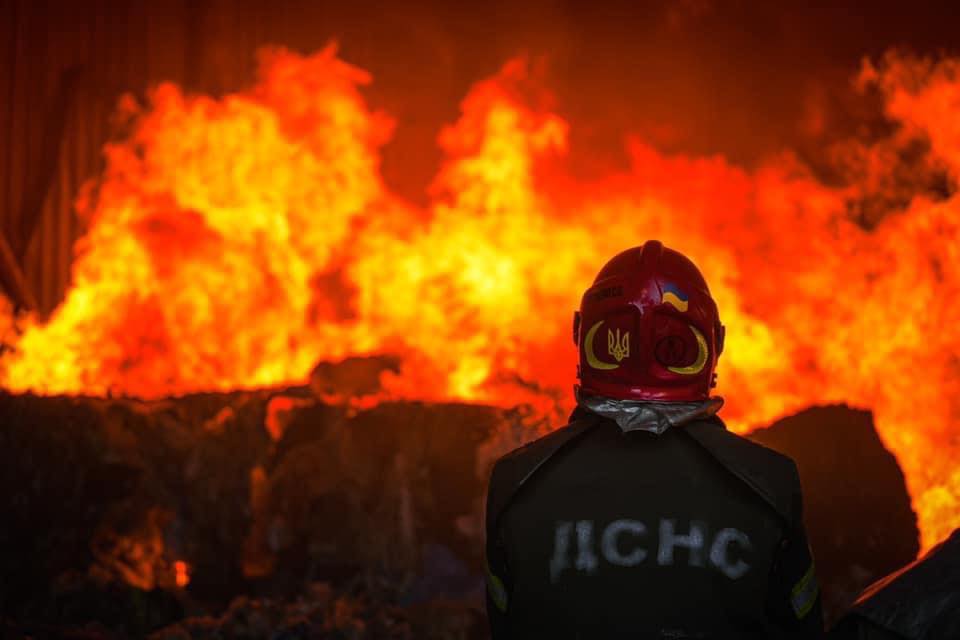
As of 11 o'clock in the morning on October 10, 11 important power plants in 8 regions and the city of Kiev were damaged as a result of impacts. Some areas are de-energized. Ukrenergo reported that power outages are possible in some cities and settlements of the country. In total, during October 10, and during less intense shelling on the following two days, missile strikes damaged 28 energy infrastructure facilities. Missile strikes continued the next day, with at least 28 missile strikes being carried out on 11 October.

The Russian authorities made false claims that the shelling was a response to an explosion on the Crimean bridge: in fact, the missile strikes were prepared in advance. This was indicated by a joint investigation by Bellingcat, The Insider and Der Spiegel publications about the Main Computing Center of the Russian Armed Forces, whose unit is engaged in missile guidance.
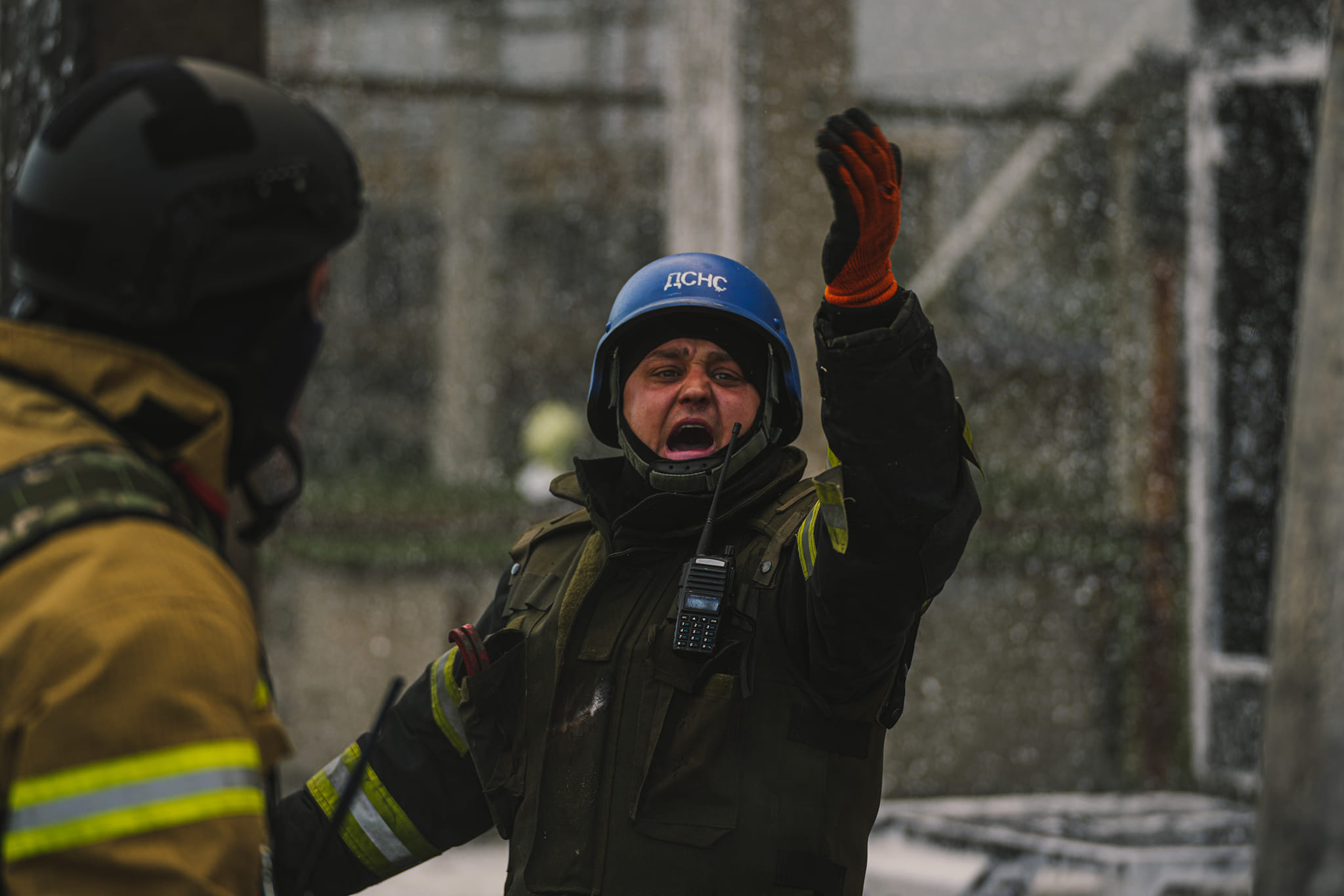
Over the next week, until October 18, the Russians hit and damaged 408 infrastructure facilities, of which more than 45 are energy infrastructure facilities, and 180 residential buildings are also known to have been damaged.

Frequent shelling of the energy infrastructure during the following days, and even on October 19, caused significant damage. The national operator NEC “Ukrenergo” was forced to resort to planned shutdowns of consumers. Presumably, with the onset of cold weather, the frequency of shutdowns may increase.
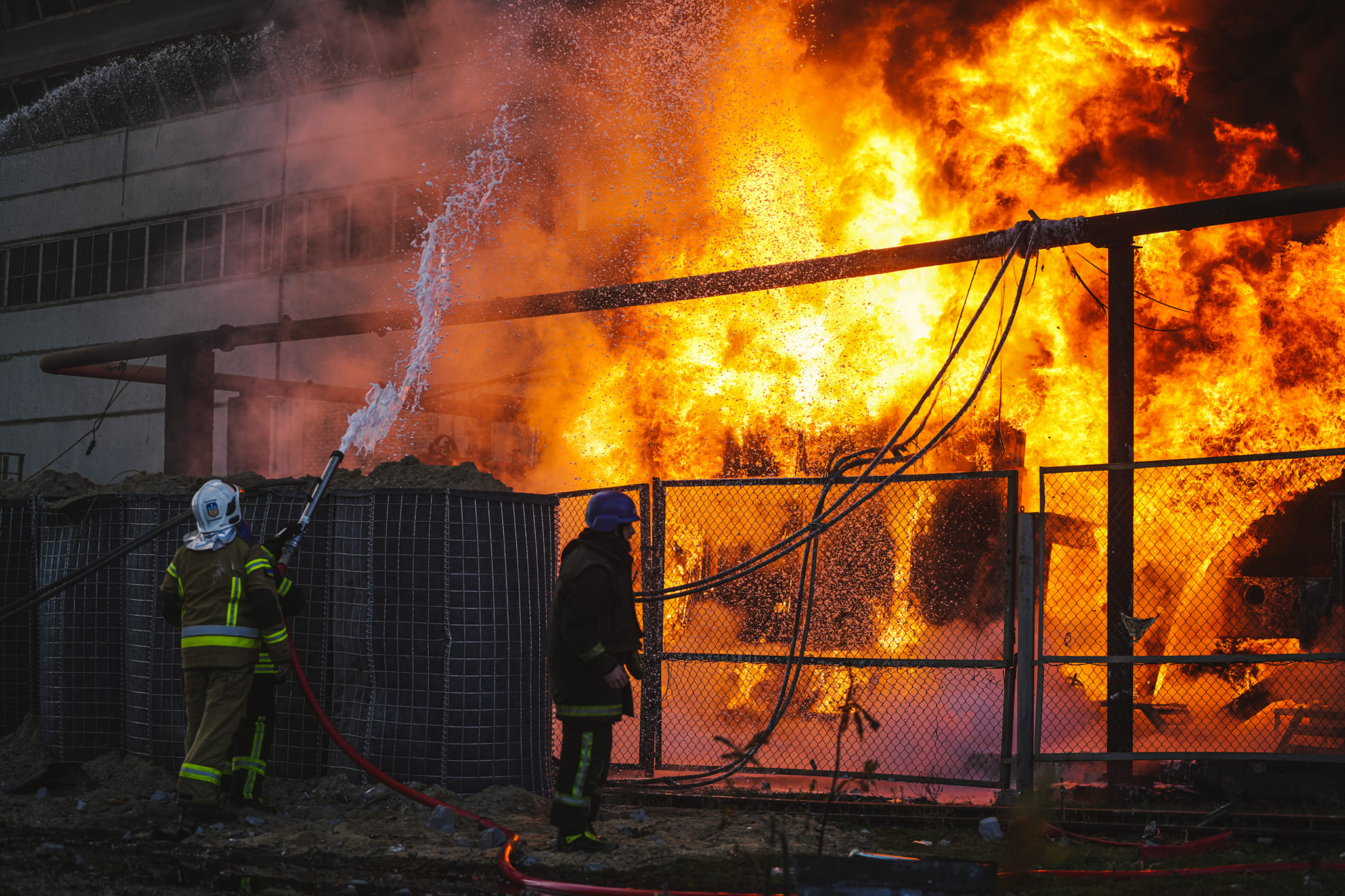
On October 22, 2022, Russian troops launched the next massive missile strike on Ukraine's energy infrastructure. The Russians used cruise missiles of air and sea bases. There were 33 missile strikes, of which 18 missiles were intercepted by air defense forces and 15 hit important power facilities in Kropyvnytskyi and Golovanivsky districts of Kirovograd region, energy project of Odessa region and city of Rivne.

On the morning of October 31, 2022, another quantitative missile strike on the energy infrastructure of Ukraine took place. The Russian military has carried out several waves of missile attacks on vital Ukrainian facilities. A total of 78 missiles were launched. From the Tu-95/Tu-160 strategic aviation missile carriers, 55 cruise missiles X-101 and one X-59 were launched from the north of the Caspian Sea and from the Volgodonsk region (Rostov region). Forces and assets of the Air Force destroyed 44 cruise missiles. In addition, the Russians struck 22 missiles from the S-300 complex and deployed 5 drones.
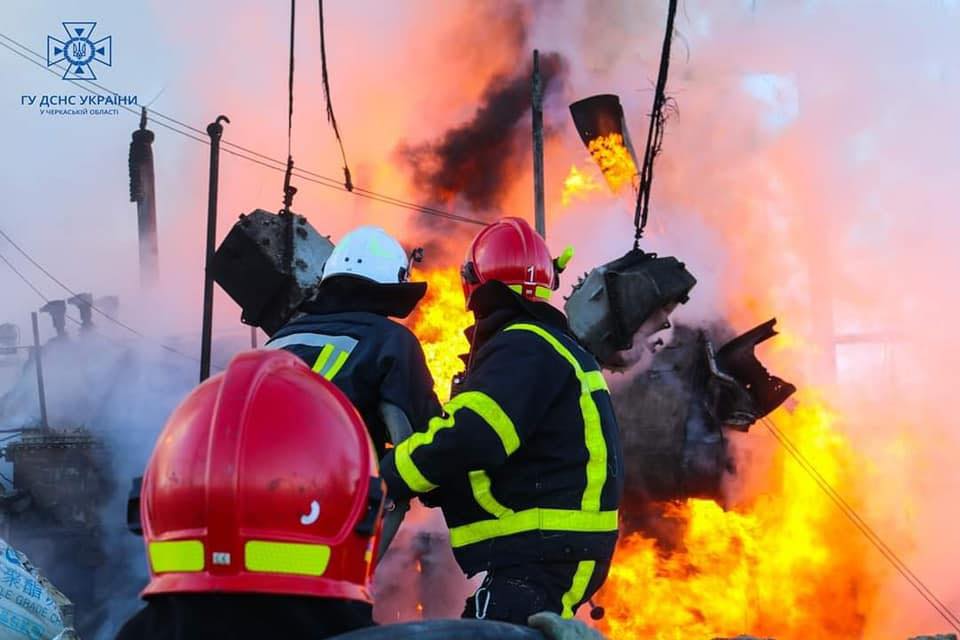
With this attack, the Russians damaged 18 facilities (mainly energy) in 10 regions, destroyed railway sections and hundreds of settlements in seven regions of Ukraine.

Russian missile strikes were witnessed in Kiev, Kirovohrad, Zaporizhia, Chernivtsi, Cherkasy, Kharkiv regions, in Vinnytsia region the downed rocket fell on civilian buildings. The Russians launched missile strikes on the Dnieper hydroelectric power plant, the Dniester hydroelectric power plant and the Kremenchug hydroelectric power station.

As a result of strikes on critical infrastructure in Kyiv region, about 80% of consumers in Kyiv were left without water, there were interruptions with light.
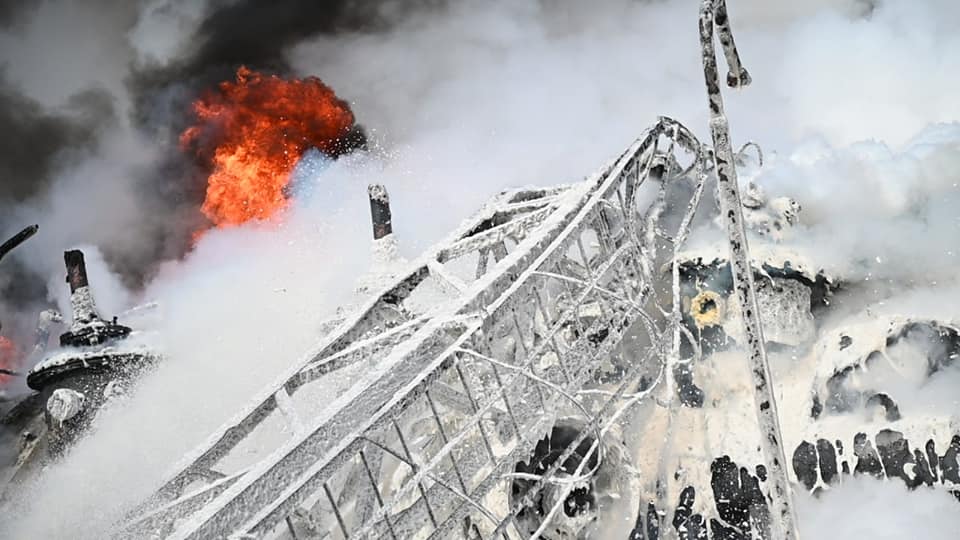
The cruise missiles violated the airspace of Moldova. The wreckage of one downed rocket fell near the Dniester hydroelectric power plant — in the village of Naslavcha, windows were knocked out in many houses. On the same day, the Moldovan Ministry of Foreign Affairs summoned the Russian ambassador and declared one of the employees a non grata.
On November 15, 2022, the Russian military carried out the fourth massive missile strike on the energy facilities of Ukraine, which in terms of the number of missiles launched - about 100 units, surpassed the October 10 shelling with 84 missiles.

X-101 and X-555 missiles were launched from Tu-95, Tu-160 strategic bombers from the Caspian region and Rostov region. At the same time, missiles of the type “Caliber” were launched from the waters of the Black Sea. Unlike the shelling on October 10, this time on the combat duty of Ukrainian troops were IRIS-T SLM and NASAMS.
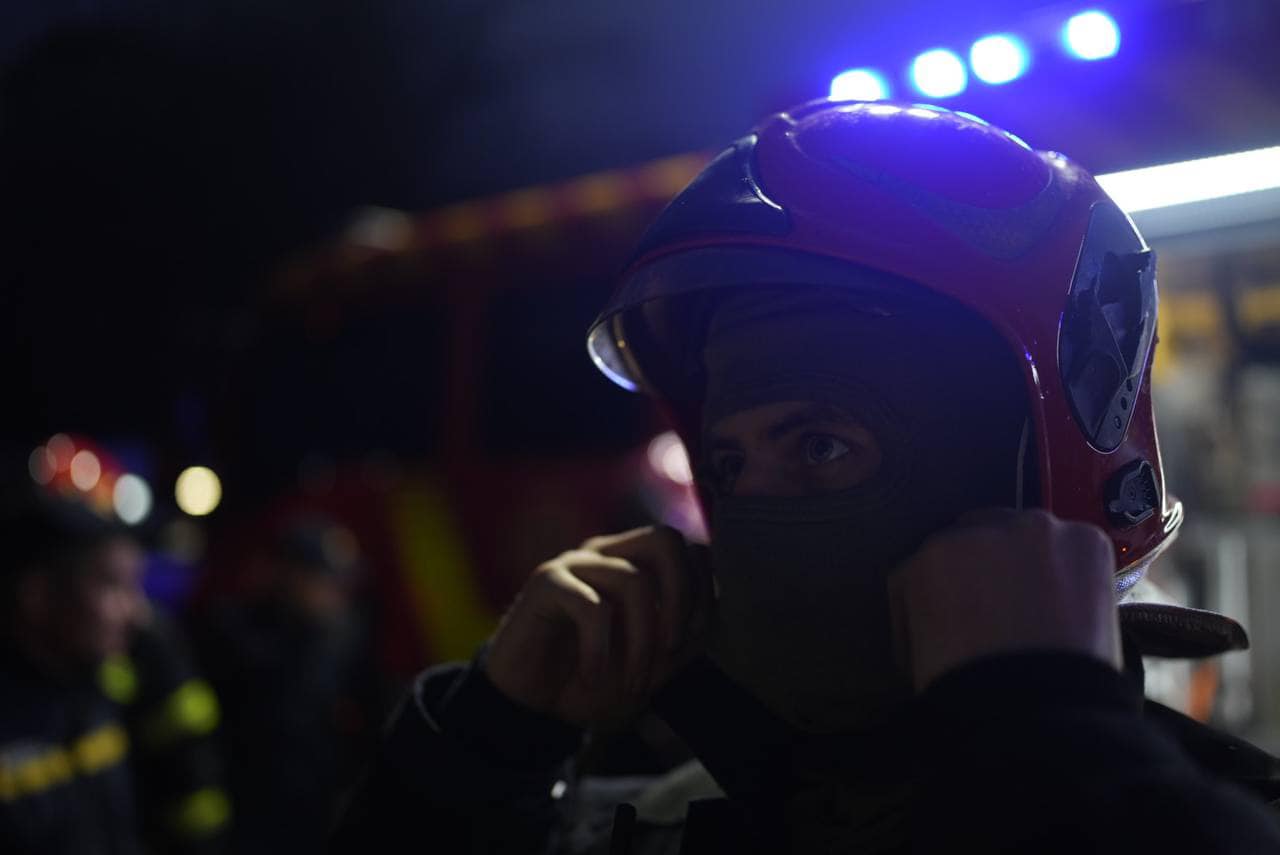
In a number of regions: Poltava, Zaporizhzhya, Kherson, Odessa, Nikolaev, Dnipropetrovsk and Kharkiv, the air alarm lasted more than 5 and a half - almost 6 hours. According to Prime Minister Denis Shmyhal, almost half of Ukraine's power system was disabled by missile strikes.

On November 23, 2022, the Russian military carried out another massive strike on the energy infrastructure of Ukraine. 70 X-101/X-555 and Caliber missiles were launched from Tu-95MS missile launchers and missile boats in the Black Sea. The air defense forces managed to shoot down 51 missiles and 5 more Lancet barrage munitions.

Due to infrastructure damage, emergency power outages were introduced throughout Ukraine. Emergency protection worked at Rivne, South Ukrainian and Khmelnytsky NPP, as a result of which all power units were automatically turned off. Most of the thermal and hydro power plants were also de-energized. Due to the disconnection of all nuclear power plants from the power grid, the restoration of power in the country took relatively longer.

It was only possible to return the de-energized nuclear power plants to the power grid on the next day, November 24. Only Zaporizhzhya NPP remained to operate on diesel generators.
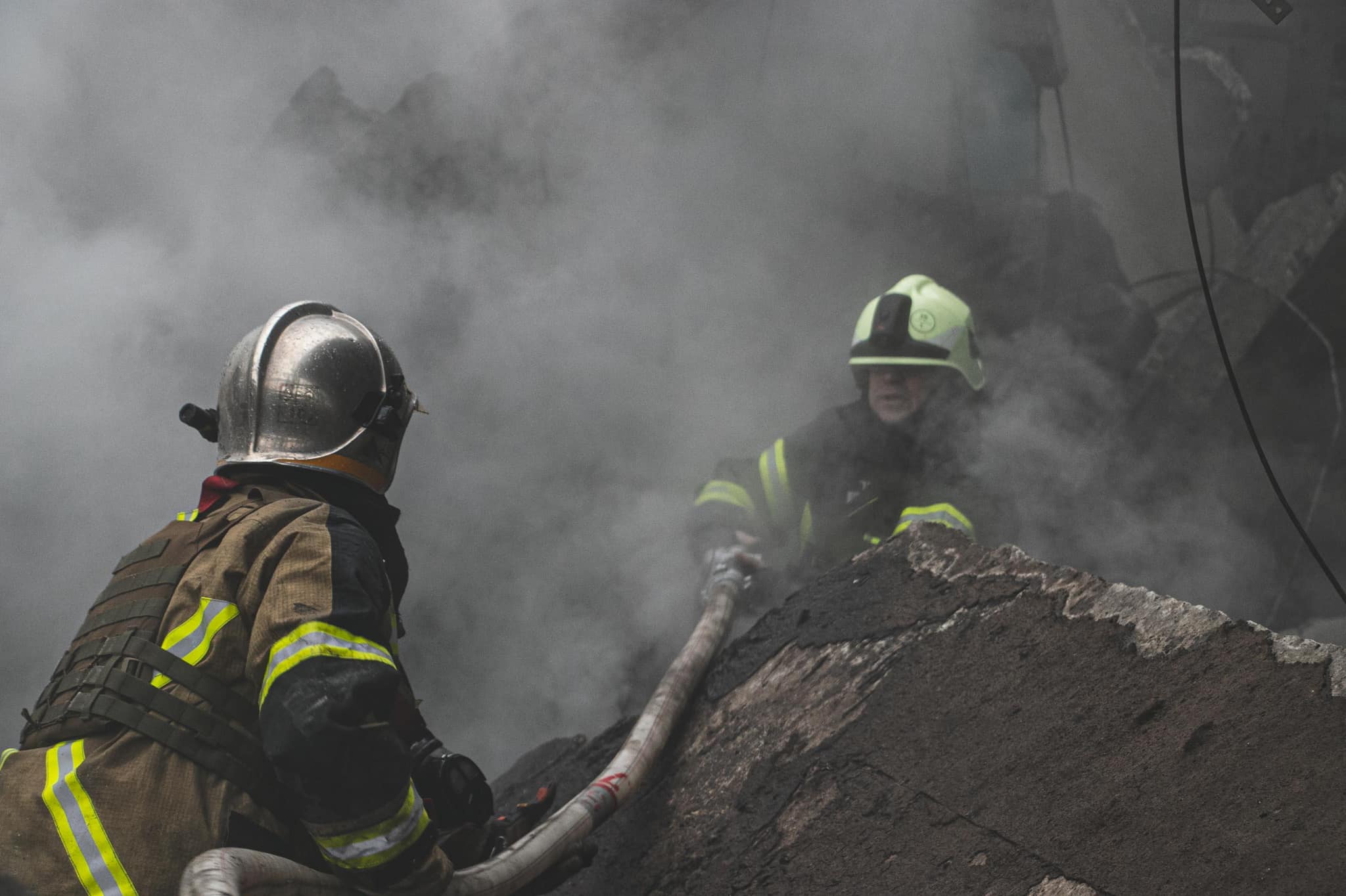
As a result of the damage caused, for the first time in history, the energy system of Ukraine suffered a system failure (blackout): it lost its unity and collapsed into isolated islands. However, Ukrainian specialists managed to restore the unity of the system in a short time.

Due to a missile strike on a critical infrastructure facility near Vyshgorod, 6 power engineers were injured. The shelling also destroyed a private house in Fastiv district. Four people died in Kyiv and the region, among them a 17-year-old girl. Also, 27 people were injured due to the missile strikes.
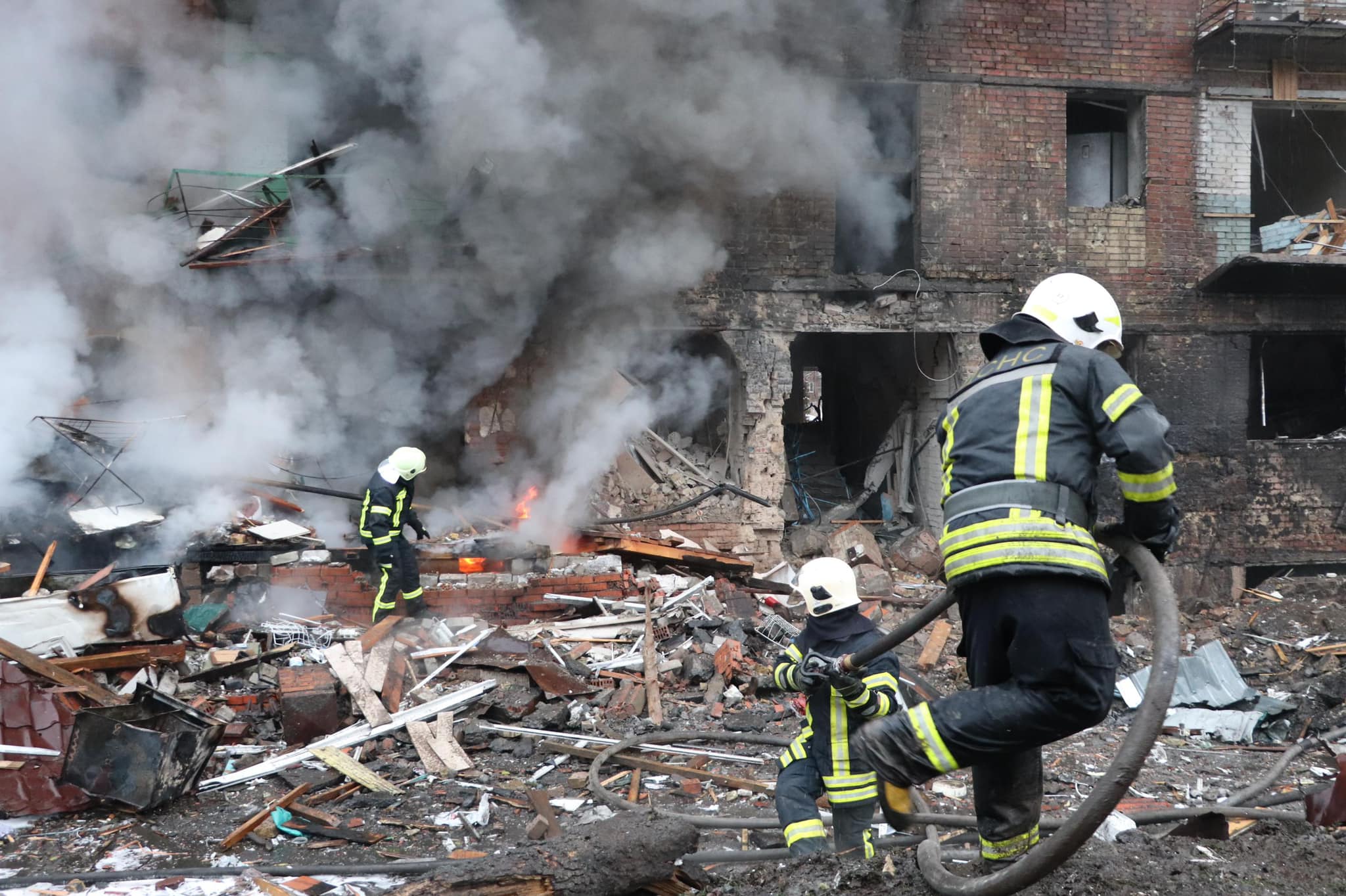
In the city of Kiev, water supply was stopped, due to lack of electricity, the operation of the metro was limited, and the work of trams and funicular was temporarily stopped. The city of Lviv was completely de-energized. Almost three thousand miners were blocked in the mines of the Dnipropetrovsk region due to the power outage. More than 85% of Ukrzaliznytsia trains were delayed for more than an hour or more. Due to the lack of power supply, registration of persons and vehicles was suspended at the Solotvino checkpoint (on the border with Romania), and at the checkpoints “Kosino” and “Dzvinkove” (on the border with Hungary). Due to the outage, all of Moldova was left without electricity.

As a result of the shelling, the integrity of the power system was violated, it was only possible to reconnect it at 4 a.m. the next day, November 24. In total, ten people were killed by rocket fire across the country, according to the National Police, as of November 24, including two children, and 52 others were wounded. Subsequently, a seventh person died in the hospital as a result of the attack on Vyshgorod.







